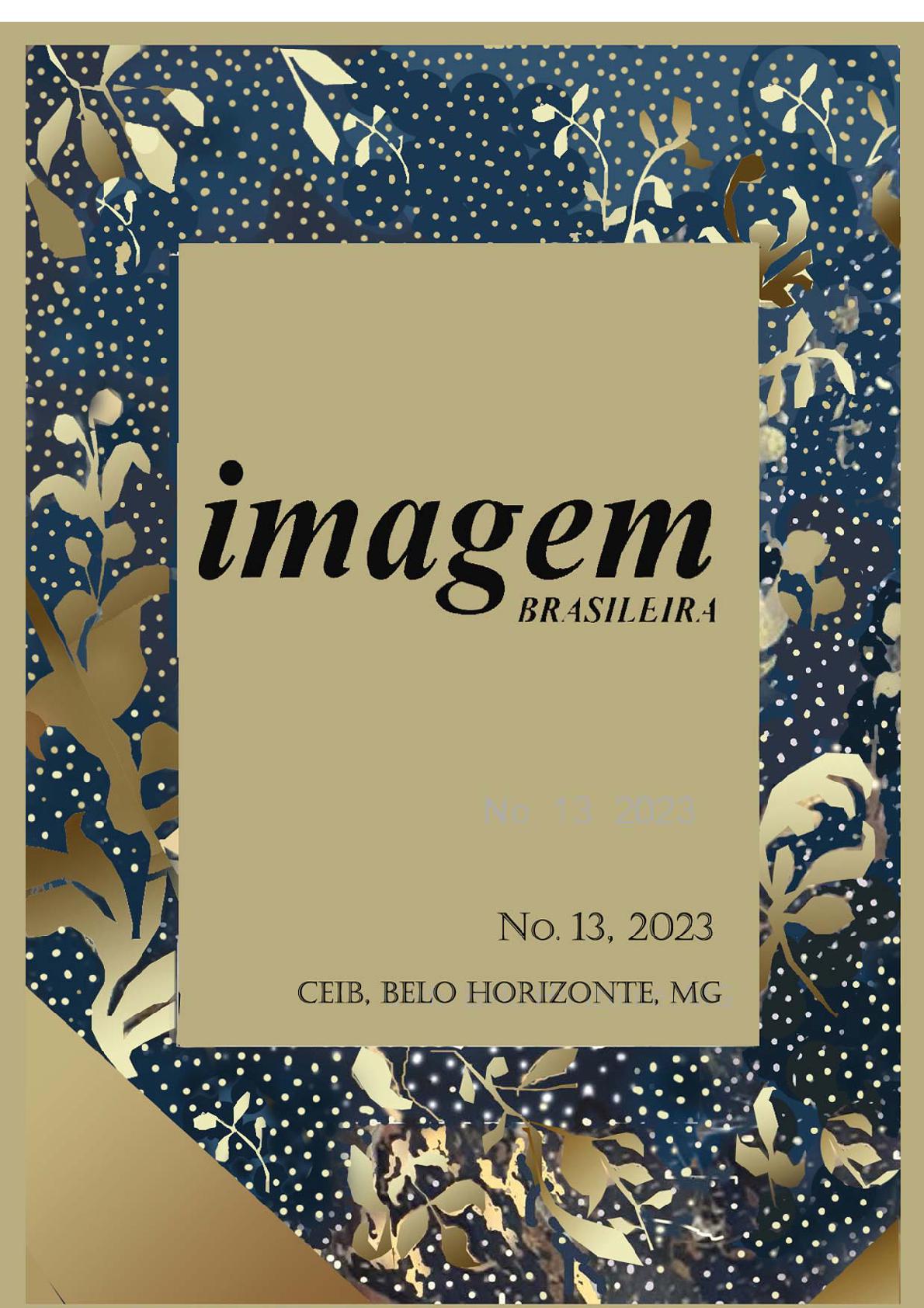THE IMAGE BEYOND FORM. OR THE JOURNEY OF SHAPES. DEVOTIONAL SCULPTURE IN THE PORTUGUESE EXPANSION (XV-XVIII CENTURIES):
MATERIALS, CHAINS, HYBRIDATIONS AND ICONOGRAPHIES
Keywords:
Sculpture, Iconography, Portuguese State of India, Ivory, OrientAbstract
This work seeks to summarise the history of devotional sculpture of Portuguese origin during
the period of expansion (15th to 18th centuries). From a retrospective analysis of religious
sculpture in Portugal during the Romanesque and Gothic periods, the trends that emerged
overseas will be explored, both in the maintenance of metropolitan models exported by the
missionary strategy of mimicking European tastes, forms and iconography (in the Atlantic and
Brazil), as well as in adapting to other ancient and structured cultures, with artistic systems consolidated on different continents. The second perspective began with Afro-Portuguese ivories in the 15th century. It evolved into a grammar of hybridisation or artistic miscegenation in the Indian Ocean (mainly Portuguese India, also in Ceylon), in addition to China and Japan. Portuguese, the sculpture was produced by the metropolitan baroque model and stylistics,
adapting to the aesthetic expressions of the Malabar coast, Ceylon, China and Japan.
Downloads
Published
Issue
Section
License

This work is licensed under a Creative Commons Attribution-NonCommercial-NoDerivatives 4.0 International License.


